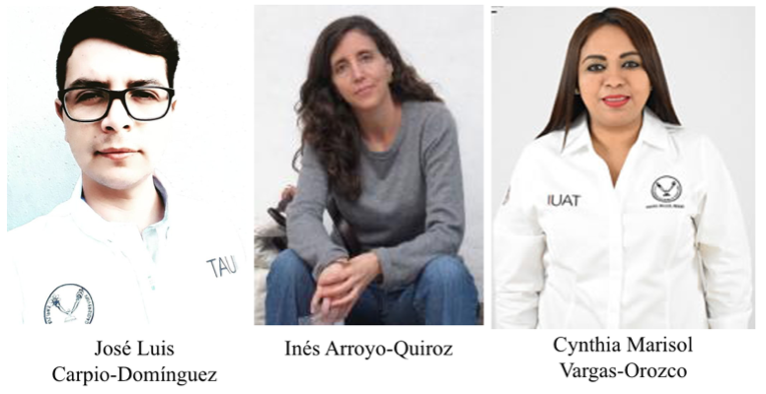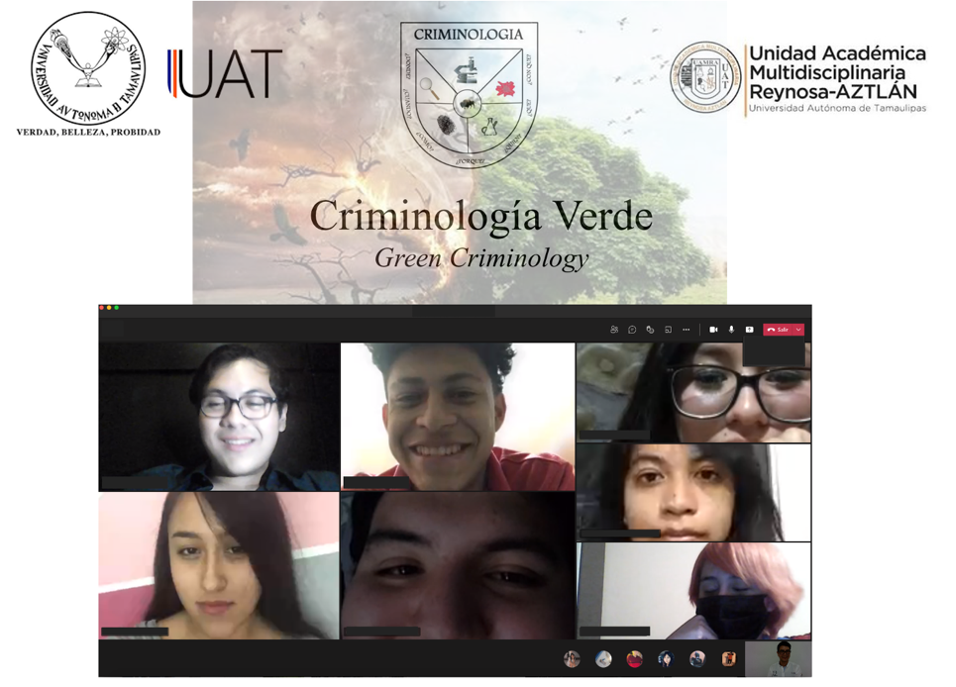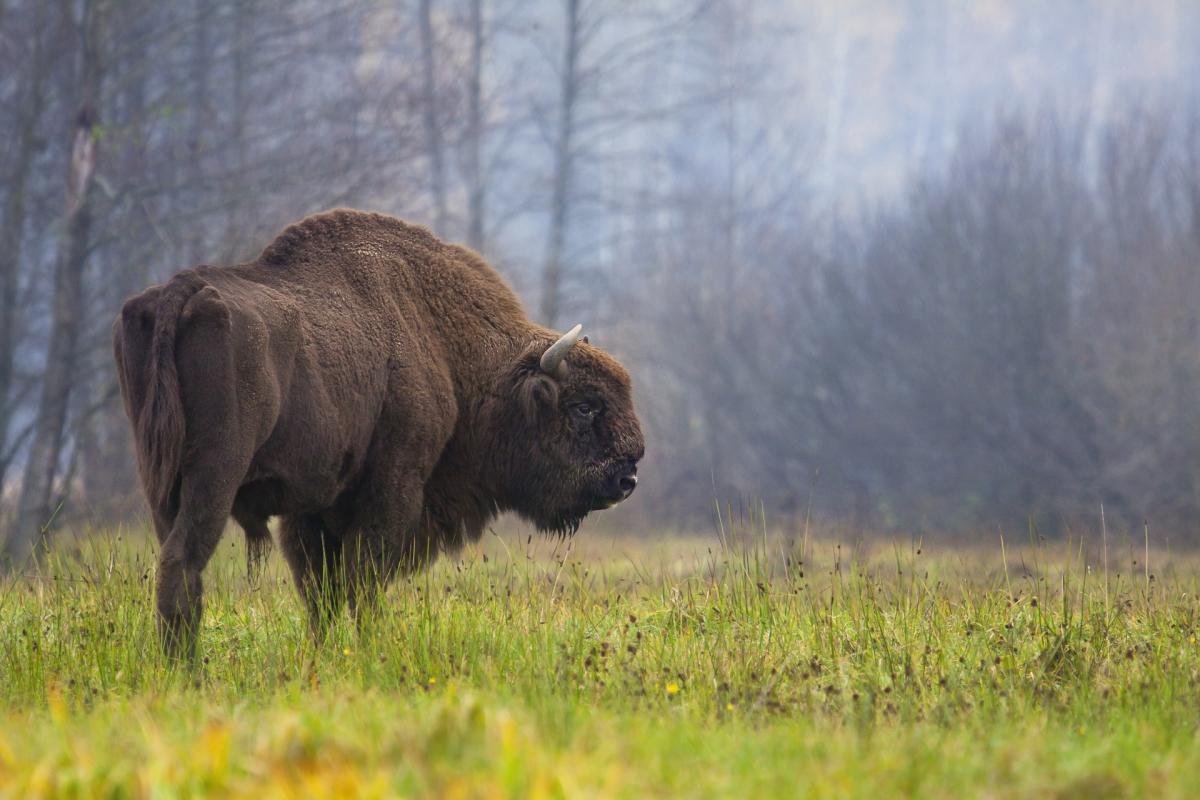The study and prevention of environmental harm and crimes
CEESP News: by José Luis Carpio-Domínguez & Inés Arroyo-Quiroz *
Given the lack of ecological and environmental training in the generations of criminologists in Mexico, a course on “Green Criminology” was developed with the aim of providing a richer and wider perspective to the set of knowledge acquired during a student’s professional training in criminology, to train students who can contribute professionally to society in the study and prevention of environmental harms and crimes, and to encourage its implementation in other universities in Mexico and Latin America.
Figure 1. Teaching of the subject of green criminology since 2020 (online due to Covid-19 contingency). Photo: José Luis Carpio D.
The course is the result of a systematic review of undergraduate curricula, in which it was identified that only 8 of the 96 universities that teach criminology in Mexico have in their curricula a subject related to the environment, nature, sustainable development or environmental sciences. Implementing green criminology training courses is not only necessary but also urgent in Mexico, since, according to the National Commission for the Knowledge and Use of Biodiversity (CONABIO), Mexico's biological diversity and ecosystems place it in fourth place worldwide in biodiversity - and as one of the twelve most mega-diverse countries in the world. Nonetheless, concerns over ecological criminal manifestations have not occupied a fair place in the public agenda and administration of justice in the country.
This course aims to contribute to developing a green perspective within criminological studies in order to train students to identify, understand, prevent and address the different forms of ecological crimes and harms present in Mexico, always considering the social, economic and environmental standpoints. It was created by the Multidisciplinary Academic Unit Reynosa Aztlán of the Autonomous University of Tamaulipas in collaboration with the Regional Center for Multidisciplinary Research (CRIM, UNAM).
It is offered for the Masters Degree students in Criminology and Forensic Sciences of the Autonomous University of Tamaulipas in Mexico (Figure 1), but it is intended for other educational programs in Mexico and Latin America (Karla Villarreal-Sotelo, Head of the Division of Graduate Studies at UAMRA-UAT, 2021).
In this regard, the Autonomous University of Tamaulipas recognizes that graduated criminologists are mainly working at governmental agencies, such as the Attorney General and Police offices both at Federal and State levels. Generating and disseminating knowledge concerning crimes and harms against the environment play a key role in supporting public agencies in the identification, investigation and analysis of environmental damage, which in turn can impact positively in the development of prevention schemes and administration of justice.
Proposal of the Green Criminology course
 Photo: José Luis Carpio D.
Photo: José Luis Carpio D.
Carpio-Domínguez, J., Arroyo-Quiroz, I. and Vargas-Orozco. C. (2020). Green criminology as a fundamental element in the professional training of criminologists in Mexico. Educiencia Journal, 5(1): 38-53. https://doi.org/10.29059/educiencia.v5i1.187.
Figure 2: José Luis Carpio-Domínguez, Inés Arroyo-Quiroz and Cynthia Marisol Vargas-Orozco look to train students who can contribute professionally to society in the study and prevention of environmental harms and crimes.
* By José Luis Carpio-Domínguez, professor/researcher at the Autonomous University of Tamaulipas México and member of IUCN CEESP Green Criminology Specialist Group on Green Criminology and by Inés Arroyo-Quiroz, CRIM-UNAM, Mexico and Chair of IUCN CEESP Green Criminology Specialist Group.




